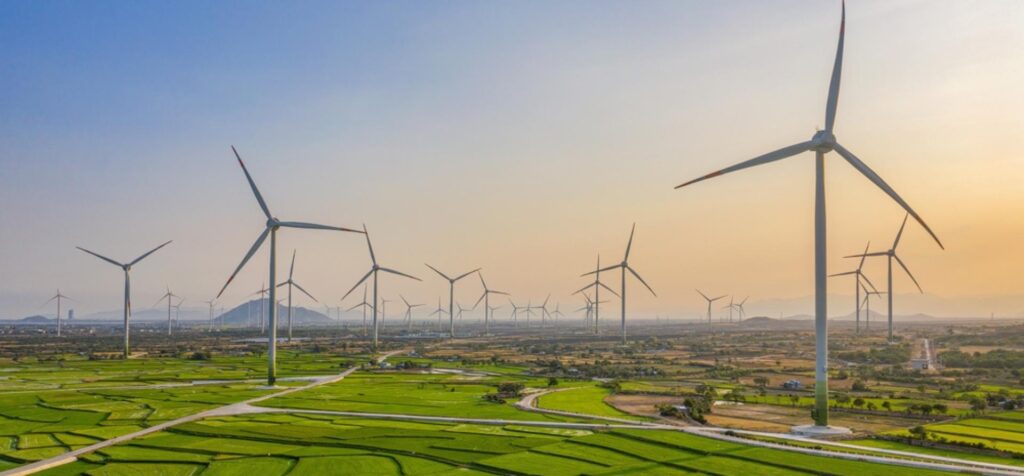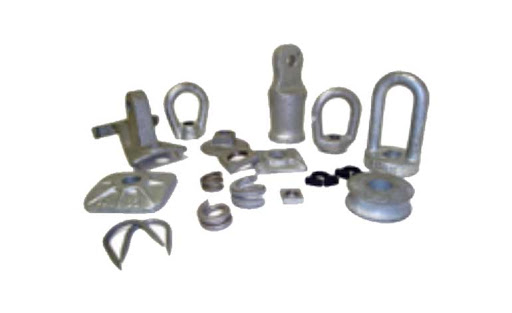
Brazil has significantly advanced in boosting its renewable energy capacity in 2024. The nation possesses many renewable energy resources that boost the capacity. Lately, Brazil has experienced a transition towards incorporating solar and wind energy. There are extensive wind and solar initiatives that offer incentives for distributed solar. The growth of renewable energy positions Brazil as a prominent player in South America’s renewable energy sector. The nation is investigating green hydrogen as a viable export within the renewable energy portfolio. Moreover, Brazil is integrating renewable energy to energize its data centers to meet sustainability goals. The expansion of data centers promotes carbon neutrality and aims to accommodate the rising demand for hyperscale cloud services. The implementation of pole line hardware is vital for facilitating the growth of renewable energy capacity in Brazil.
Pole line hardware accommodates components like insulators, conductors, and hardware fixtures. This aids in building and upholding power lines that send electricity produced from renewable resources. The pole line equipment additionally offers structural support and electrical insulation. This aims to guarantee dependable power transmission, decrease the likelihood of outages, and enhance the use of renewable energy. These elements consist of pole brackets, crossarms, surge protectors, and grounding systems. Pole line hardware aids in increasing renewable energy capacity in Brazil. This is by enabling the maintenance, construction, and operation of power lines. Let’s examine the main factors contributing to the rise of renewable capacity in Brazil. We will also emphasize how pole line equipment facilitates the expansion of renewable energy.
Importance of pole line hardware in boosting renewable capacity in Brazil
Pole line equipment is essential for facilitating Brazil’s growth in renewable energy. This works by supplying the infrastructure necessary for transmitting electricity generated from renewable sources. These resources include wind, solar, and hydro. Pole line equipment allows for effective, long-lasting, and adaptable power distribution over extended distances. The infrastructure is able to enhance renewable capacity and support a robust, sustainable energy grid. The following are the roles of pole line hardware in boosting renewable capacity in Brazil.

- Transmission of high-voltage electricity – pole line equipment facilitates the transfer of high-voltage electricity. This is especially from distant production sites to city locations. The hardware preserves the structural stability of the transmission poles to guarantee consistent transmission across various terrains.
- Scalability for future growth – pole line hardware enables the incorporation of extra transmission lines and grid elements. The adaptability enhances Brazil’s renewable development and allows the grid to progress.
- Facilitating grid enhancement – the electricity grid requires significant upgrades and expansion. This is to support the growing renewable capacity. Guy wires, anchor rods, and grounding components enhance support by strengthening grid stability.
- Minimizing environmental effects – pole line hardware facilitates the expansion of renewable energy while preserving the natural surroundings. It can endure environmental factors like elevated temperatures, moisture, and powerful winds.
- Improved durability – pole line hardware is from resilient materials that resist corrosion. This helps them withstand various climates. This enhances their durability, lowers maintenance expenses and extends their lifespan of transmission systems.
Main factors for the rise of renewable energy capacity in Brazil
The growth in renewable energy capacity results from several elements. These include supportive policies, available natural resources, and economic motivations. These elements boost Brazil’s ability to produce renewable energy, enabling it to raise the renewable part. The elements also assist in facilitating the shift to a low carbon economy. TTF is a world-class global provider of high quality overhead line hardware, transmission hardware, distribution hardware, conductors, insulators, cutout switches, anchoring and grounding products. Below are the main factors contributing to the growth of renewable capacity in Brazil.

- Renewable resources – Brazil has great potential for generating renewable energy. This is due to its plentiful solar, wind, and hydro resources. These beneficial conditions promote the development of wind and solar initiatives. This enhances renewable energy capacity in Brazil.
- Technological progress – improvements in renewable technology increase the dependability and scalability of Brazil’s renewable energy infrastructure. This encompasses effective solar panels, wind turbines, and helpful infrastructure.
- Government initiatives and pledges – Brazil has programs that promote investments in solar, wind, and biomass energy projects. The policies aid in long-term planning and draw private and foreign investments into renewable energy.
- Funding and investment methods – Brazil offers green bonds and green financing options for solar and wind energy projects. The financing aids much renewable systems to promote sustainability.
- Demand from corporations for sustainable energy – businesses and industries are exploring renewable energy options to achieve sustainability objectives. This stems from the increasing need for green energy among companies looking to cut down their carbon footprints.